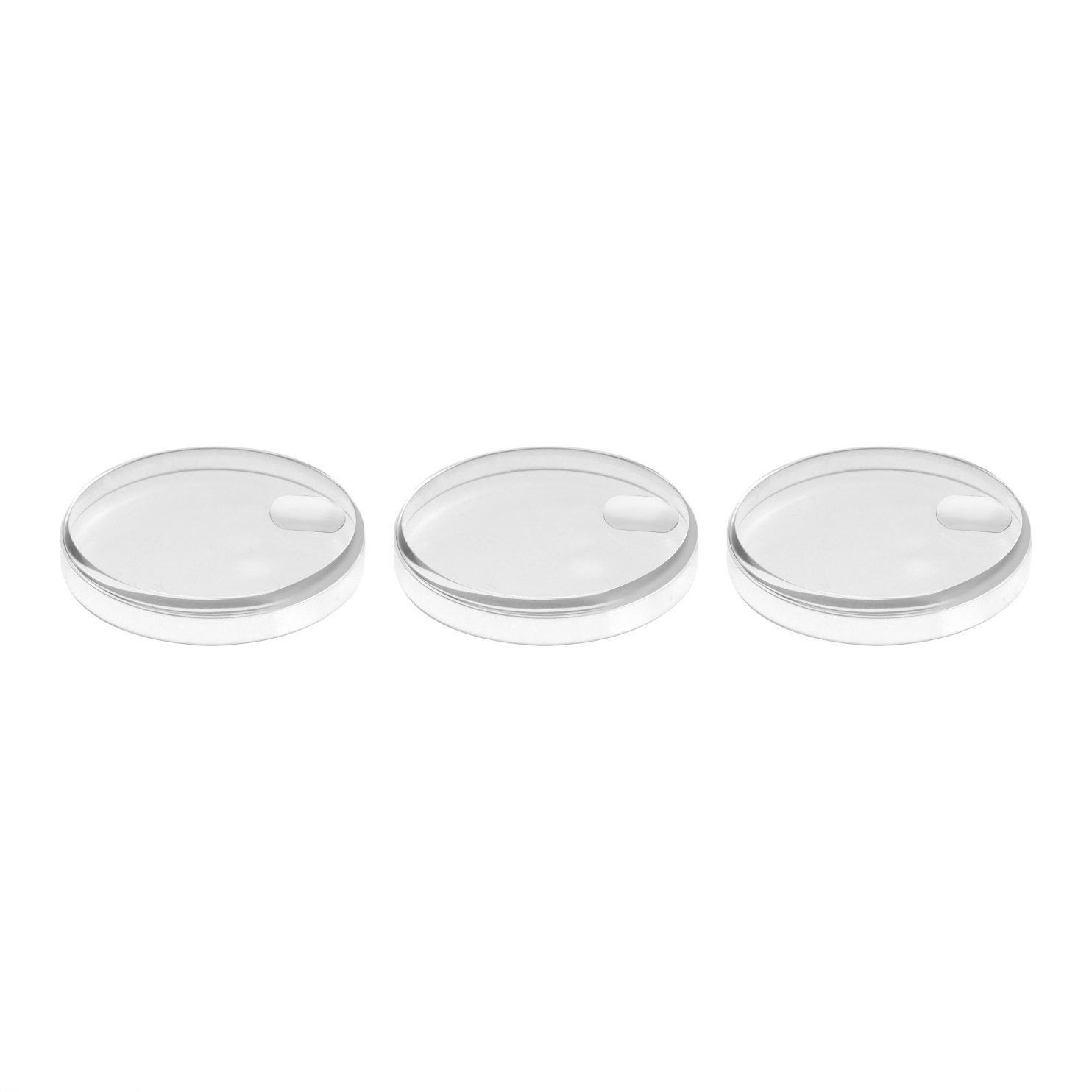Free & Fast USA Shipping Learn More
Comparing Crystals: Acrylic, Mineral, K1, and Sapphire Crystals.

Centuries ago, watches weren’t protected with any crystals until 1610 when Charles II of England introduced waistcoats with pockets. This fashion trend pushed clockmakers to manufacture watches that flatter anyone’s appearance without compromising functionality and portability. Because of this, the first pocket watch was born.
Ever since the first pocket watch, watchmakers have covered watches with glass to protect the timepiece from foreign elements. Today, different manufacturers use different crystals to act as a strong shield for watches such as renowned watch brands like Seiko offer Sapphire crystals.
However, sapphire crystals aren’t the only watch shields out in the market today; there are acrylic, mineral, and K1, but what makes them different?
Acrylic Crystals
Acrylic is a soft material and is known to be shatter-resistant. For this reason, the original Omega Speedmaster, the first watch that was brought to the moon, was equipped with acrylic crystal.
This allowed astronauts to wear watches without worrying about its parts shattering and floating in the spacecraft. Even with its shatter-resistant quality, acrylic is unfortunately prone to scratches, but applying a buffing compound can help keep the scratches away.
Mineral Crystal
After acrylic crystals and previous timepiece designs, many have then longed for a more durable watch crystal, and with that, mineral glass emerged.
Overall, mineral crystal is far better than acrylic since it’s much harder, has a higher transparency, and is scratch resistant. Because of this, most mid-range watches feature this type of crystal.
K1 Crystal
People crave innovation and high-quality products, so when they weren’t satisfied with the performance of mineral glass, companies tried to create composite crystals to create a powerful blend of crystals for a timepiece. With that, they were able to build a crystal with the shock resistance of plastic and the scratch resistance of hardened glass.
K1 crystal is heat-treated mineral glass and is more scratch-resistant than its predecessor. And besides that, you’d be surprised to know that it has better shatter-resistance than Sapphire crystal. Brands like Seiko have this crystal option for their watches as well.
Sapphire Crystal
Sapphire crystal ushered a new page of watch history. This crystal is a synthetic material made from pure aluminum oxide, reducing impurities and defects found in its natural counterpart.
Compared to the other crystals, Sapphire crystals are the hardest material in the bunch that also promise incredible scratch resistance. This is why high-end watches, such as Seiko, offer this mod part for their watches.
Although it’s quite tough and has unrivaled scratch resistance, it does, however, lack in the shatter resistance department. Since it’s not as flexible as acrylic glass, the crystal can crack and shatter when it sustains strong impacts.
The Bottom Line: What Crystal Should I Choose?
Without considering the costs, Sapphire crystals sweep the stage and are the undisputed winner in terms of crystals for watches. But truth be told, the real winner really depends on what’s most suited for your lifestyle. This is because each type of crystal has its advantages, making them a unique option for any type of timepiece.
Where Can I Find Sapphire Crystal for My Seiko 5?
Crystaltimes USA is the go-to specialist of watch enthusiasts. We carry high-quality Seiko Sapphire Crystals, as well as cases, case backs, bezels, bezel inserts, chapter rings, crowns, movements, dials, and other Seiko mod parts. Check out our selection today!
